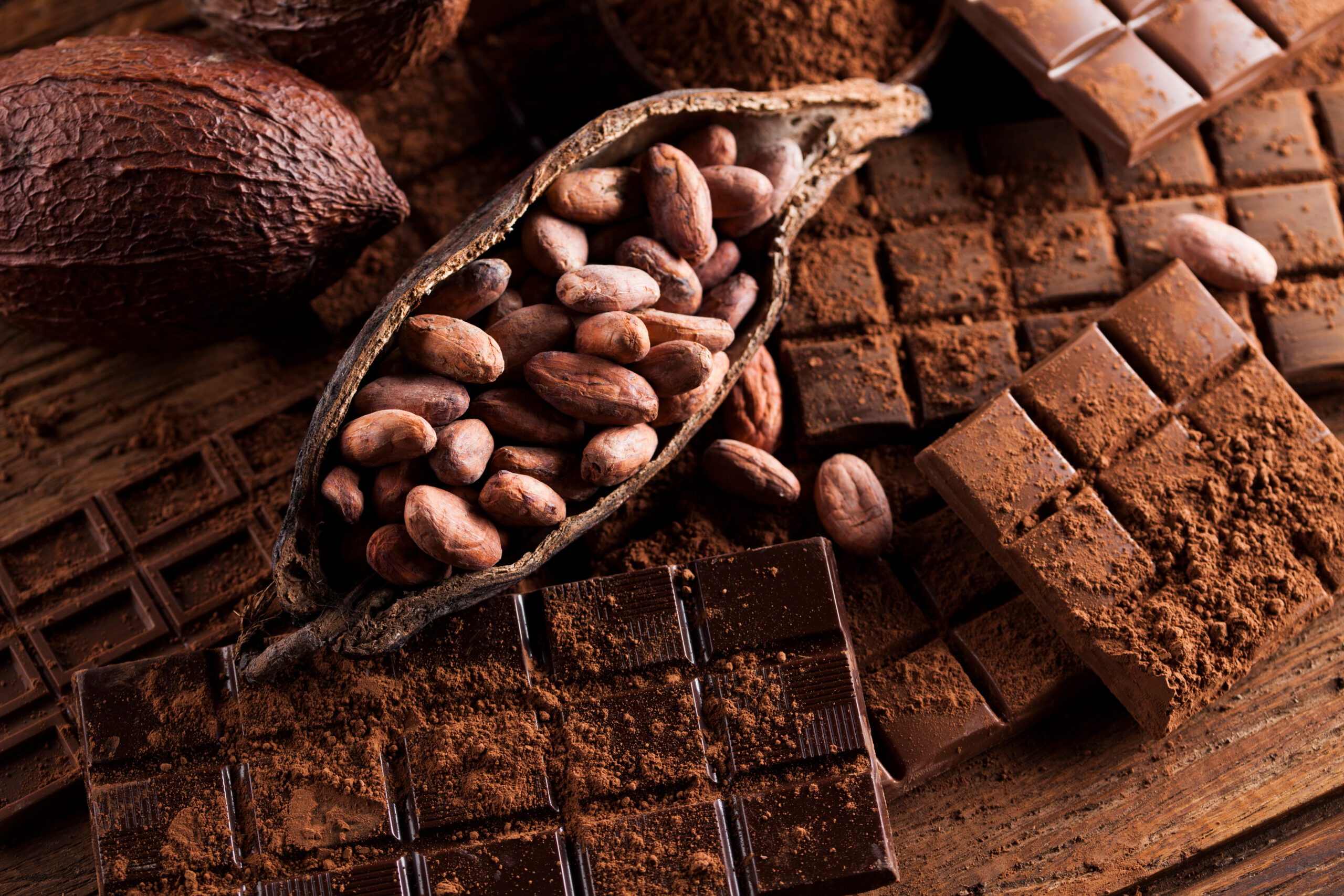Your favorite chocolate treats are becoming more expensive, and there is a compelling global story behind this change. Cocoa, the essential ingredient in chocolate, has seen its price more than double in early 2024, reaching historic highs above $7,000 per tonne. This unprecedented surge affects everything from affordable candy bars to premium chocolate products, leaving many consumers wondering what is happening.
Most cocoa begins its journey in West Africa, where Côte d’Ivoire and Ghana together produce over 60% of global supply. Here, smallholder farmers with plots of just 2-5 hectares harvest cocoa pods, extract the beans, and ferment them for 5-7 days to develop flavor compounds. After drying, these beans enter a sophisticated global trading system managed by commodity merchants who serve as the essential supply chain managers of the cocoa world.
These commodity merchants play a pivotal role in connecting millions of small producers to chocolate manufacturers worldwide. They purchase beans from origin countries, manage quality control, arrange overseas shipping, and ensure consistent supply to processing facilities. By assuming risks and providing liquidity, traders enable the efficient flow of cocoa from farm to factory, essentially serving as the invisible hand that orchestrates the global chocolate supply chain.
This supply chain is now under unprecedented strain as three major challenges converge in producing regions. First, climate change has brought unpredictable weather patterns that disrupt cocoa production. Cocoa trees thrive only under specific conditions, and recent years have delivered harmful extremes. Unusual rainfall has triggered widespread disease outbreaks that destroy cocoa pods, while drought periods in other areas have stunted crop development. Rising temperatures stress the trees, particularly during critical flowering periods, directly reducing the amount of cocoa beans produced.
When Ghanaian production falls 30-35% below projections or Côte d’Ivoire experiences its lowest output in a decade, commodity merchants face extraordinary challenges. Normally, these traders balance global supply by sourcing from alternative origins when one region faces difficulties. However, when major producing regions simultaneously experience shortfalls, merchants must compete intensely for limited supplies, driving up prices paid to secure available cocoa. They also need to carefully manage their contractual obligations to chocolate manufacturers, often at significantly reduced profit margins or even losses. This scarcity and the traders’ scramble to fulfill commitments drive prices upward throughout the supply chain, eventually reaching consumers.
Second, many cocoa trees in West Africa are aging past their prime productive years. A significant percentage are over 25 years old, with declining yields that continue to drop as trees approach 30 years of age. Replacing these trees requires substantial investment and patience—new trees take 3-5 years before producing at full capacity. After decades of intensive farming, the soil in many cocoa regions has also deteriorated, further reducing productivity.
This aging infrastructure represents a structural supply challenge that cannot be quickly resolved. Even with immediate investment in new plantings, several years would pass before production could recover to meet global demand.
Third, and perhaps most troubling, is the economic reality facing cocoa farmers at the beginning of this chain. Despite chocolate generating billions in global revenue, approximately 70% of cocoa farmers earn less than $2 per day. This persistent poverty creates a devastating cycle: farmers cannot afford investments in farm renewal, fertilizers, or pest management, leading to lower yields and continued hardship.
This economic disparity reveals an important reality about commodity supply chains. While cocoa trades at record prices on global markets, most farmers capture only a small fraction of that value. The distance between farm gate prices and global commodity prices reflects costs of aggregation, transportation, processing, and risk management throughout the supply chain.
Meanwhile, global appetite for chocolate continues to grow. Emerging markets in Asia, particularly India and China, show strong demand growth as middle-class incomes rise. Established markets in Europe and North America increasingly favor premium chocolate with higher cocoa content, requiring more beans per product. The International Cocoa Organization has identified a supply deficit exceeding 370,000 tonnes in 2024, highlighting the substantial gap between production and consumption.
This supply-demand imbalance creates a challenging environment where securing sufficient volume becomes increasingly difficult and expensive. Price volatility has increased dramatically, affecting everyone from farmers to manufacturers to consumers.
Chocolate manufacturers have responded to these supply chain pressures in several ways. Many have reduced product sizes while maintaining similar prices—that chocolate bar might appear the same but contains less chocolate. Others have adjusted recipes to use less cocoa and more alternative ingredients. Premium brands have generally implemented straightforward price increases.
For consumers, these challenges mean higher chocolate prices in the near term. Understanding the complex global factors behind this increase helps explain why that chocolate bar costs more than it did just a year ago. The story of cocoa offers valuable lessons about the intricate connections in our global food system and how disruptions in distant tropical regions eventually reach our shopping carts.
Home Stories Agriculture Why Chocolate Prices Are Soaring: Understanding the Global Cocoa Crisis
Why Chocolate Prices Are Soaring: Understanding the Global Cocoa Crisis
1 April 2025
